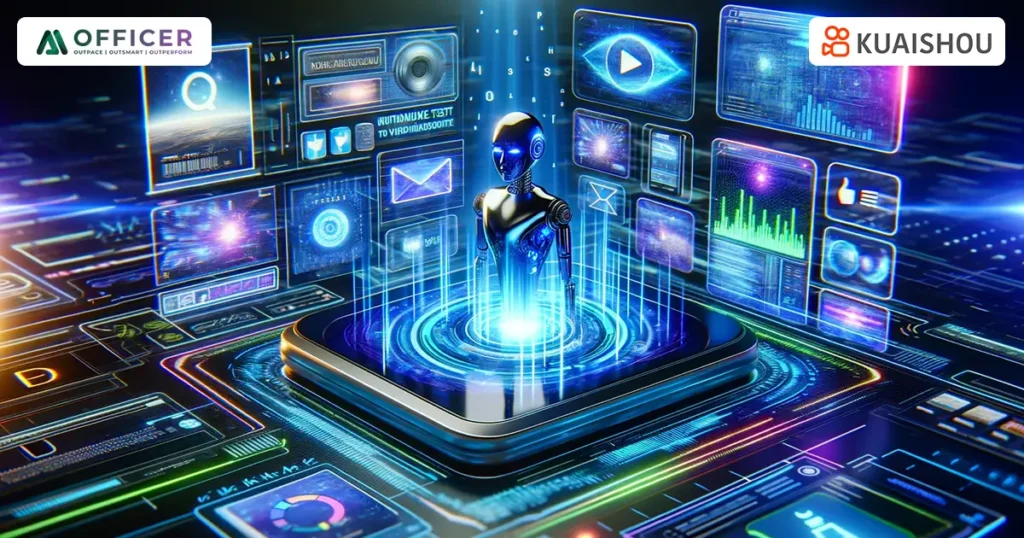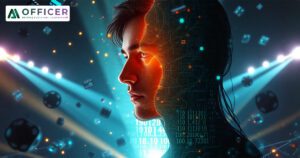
No expensive cameras, elaborate sets or hours of editing – just you, your imagination and a powerful AI tool. This is the reality of today thanks to China’s groundbreaking text-to-video AI model, Kling.
Developed by Kuaishou, a popular short video app in China, Kling is a groundbreaking innovation that is shaking the foundations of content creation by transforming simple text prompts into stunningly realistic videos.
SO, WHAT IS KLING?
Kling is a text-to-video AI model that can process text into video clips up to 2 minutes long with 1080p resolution. This cutting-edge technology uses a diffusion transformer model, similar to OpenAI’s Sora, to generate videos that mimic the physical world and create imaginative scenes from text instructions. Kling is currently in the trial stage, indicating that tech firms in China are working to catch up with AI technology and compete with US firms.
HOW DOES KLING WORK?
Kling’s AI model interprets prompts to generate videos that are both realistic and imaginative. This technology has the potential to transform various industries, including entertainment, education and marketing.
For instance, Kling can be used to create engaging educational videos, promotional content for products or even personalized videos for social media platforms.
Kling’s ability to generate high-quality videos from text prompts has significant implications for content creators. It can help them save time and resources by automating the process of creating videos, allowing them to focus on more creative and high-value tasks. Additionally, Kling can be used to create personalized content tailored to specific audiences, enhancing engagement and conversion rates.
While Kling presents numerous opportunities for content creators, it also raises concerns about the potential for AI-generated content to replace human creativity.
As with any emerging technology, it is crucial to ensure that AI-generated content is used ethically and responsibly, respecting the intellectual property and creative rights of individuals.
KLING vs. SORA
Kling has been gaining attention for its ability to generate high-quality videos from text prompts. In comparison to OpenAI’s Sora, Kling offers several key differences in terms of video quality and duration.
- Video Quality
Both Kling and Sora are capable of generating high-definition videos. Kling can produce 1080p videos, while Sora can generate videos up to 1080p as well. However, Kling’s videos are more detailed and realistic, with advanced 3D face and body reconstruction capabilities. This allows for more realistic movements and expressions in the generated videos.
- Video Duration
Kling has a significant advantage over Sora in terms of video duration. While Sora is limited to generating one-minute-long videos, Kling can create videos up to two minutes long at 30 frames per second (fps). This longer duration allows for more complex narratives and scenes to be generated, making Kling a more versatile tool for content creators.
Kling’s ability to generate longer, more realistic videos makes it a strong competitor to OpenAI’s Sora in the AI video generation arena.
While Sora has its own strengths, Kling’s capabilities in terms of video duration and realism make it an attractive option for content creators looking to generate high-quality videos from text prompts.
At AI Officer, we understand the importance of AI in transforming industries and creating new opportunities.
Our team of AI experts can help you leverage Kling and other AI technologies to enhance your content creation processes and stay ahead of the competition. We offer customized AI solutions tailored to your specific needs, ensuring that you can harness the power of AI to drive innovation and growth.
Kling is a groundbreaking AI model that has the potential to revolutionize content creation. As AI continues to evolve, it is crucial for businesses and individuals to stay informed about the latest developments and their implications.
We are committed to helping you navigate the world of AI and explore its full potential.
Stay tuned to our blogs for more insights on AI and its applications and get in touch with our AI officers for customized AI solutions that can transform your business.





